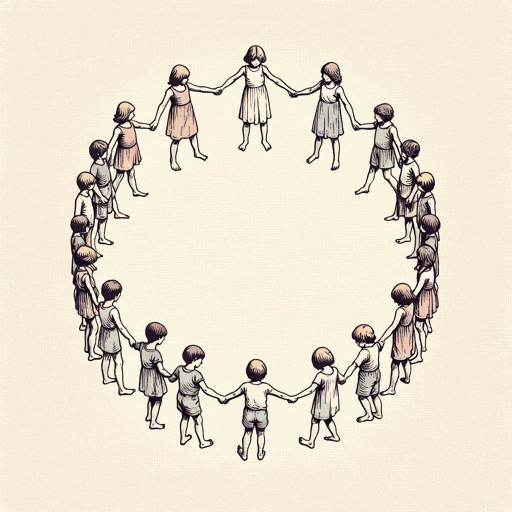22 pages • 44 minutes read
Margaret AtwoodThe Circle Game
Fiction | Poem | Adult | Published in 1964A modern alternative to SparkNotes and CliffsNotes, SuperSummary offers high-quality Study Guides with detailed chapter summaries and analysis of major themes, characters, and more.
Background
Literary Context
“The Circle Game” has characteristics reminiscent of 18th-century Gothic literature. A sense of dread is pervasive, as the children’s game—at both the beginning and the end of the poem—has “no joy in it” (Lines 22 & 259). In section ii, Atwood places the couple in a room next to another one with unidentified “arguing, opening and closing drawers” (Line 57), reminiscent of a haunted house or castle of Gothic novels with a mood of suspense: Anything can happen, and it probably will not be positive. Atwood repeats this eerie line at the end of the section, suggesting the outside forces, real or imagined, that disconnect the couple: “[T]here is someone in the next room / there is always […] / someone in the next room” (Lines 67-71). Gothic works often have a clear moral closure, which Atwood incorporates in this poem: “I want the circle / broken” (Lines 294-295).
There is nothing in the poem itself to solidly suggest the gender of the speaker—but if the reader assumes (as readers tend to do) that the first-person speaker is a creative, semi-direct expression of the poet herself, then the speaker could be a feminine figure.
Related Titles
By Margaret Atwood
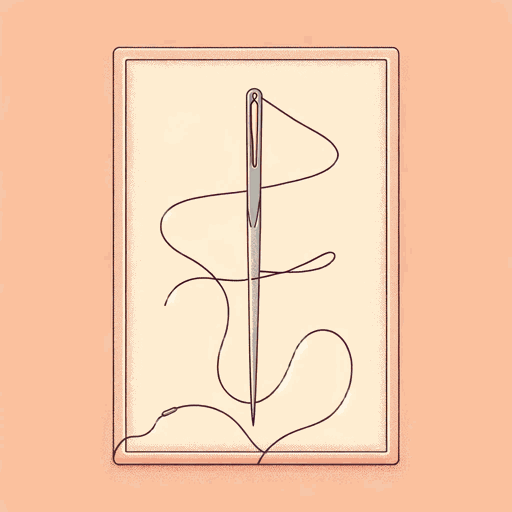
Alias Grace
Margaret Atwood
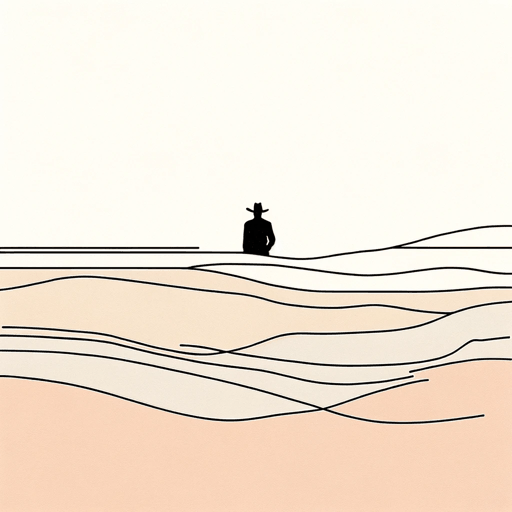
Backdrop Addresses Cowboy
Margaret Atwood
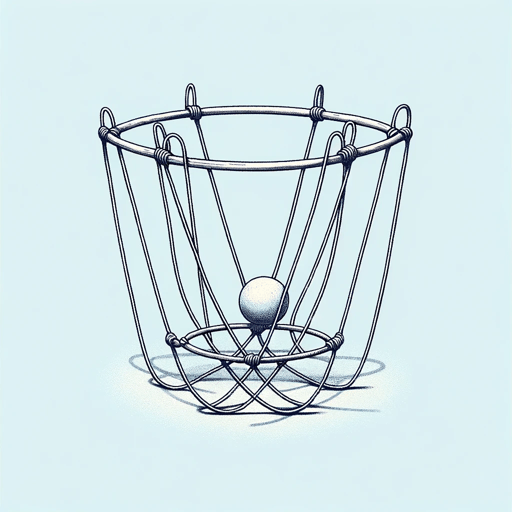
Cat's Eye
Margaret Atwood

Death By Landscape
Margaret Atwood

Hag-Seed: William Shakespeare's The Tempest Retold
Margaret Atwood

Happy Endings
Margaret Atwood

Helen of Troy Does Countertop Dancing
Margaret Atwood

Lady Oracle
Margaret Atwood

Life Before Man
Margaret Atwood

MaddAddam
Margaret Atwood

Oryx and Crake
Margaret Atwood

Rape Fantasies
Margaret Atwood
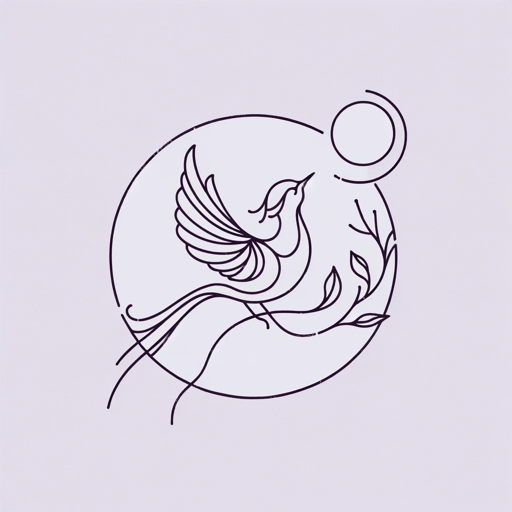
Siren Song
Margaret Atwood
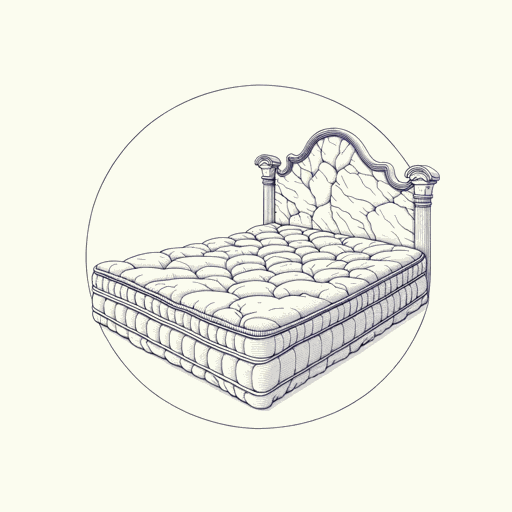
Stone Mattress
Margaret Atwood

Surfacing
Margaret Atwood

The Blind Assassin
Margaret Atwood
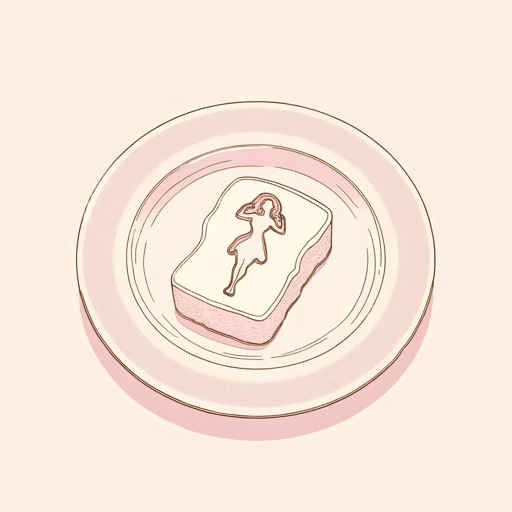
The Edible Woman
Margaret Atwood
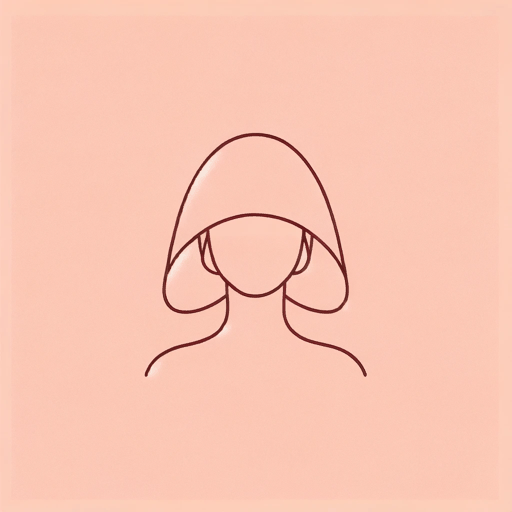
The Handmaid's Tale
Margaret Atwood

The Heart Goes Last
Margaret Atwood
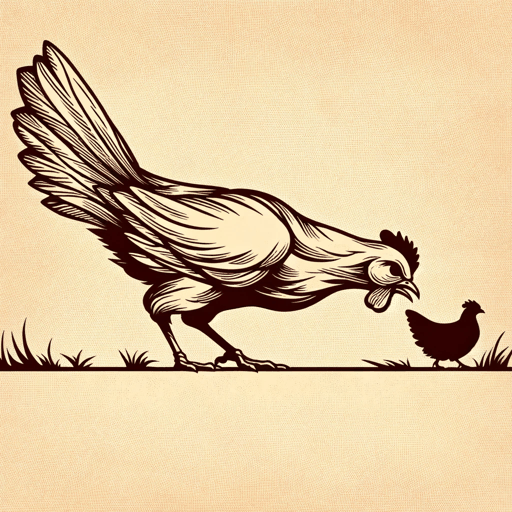
The Landlady
Margaret Atwood
